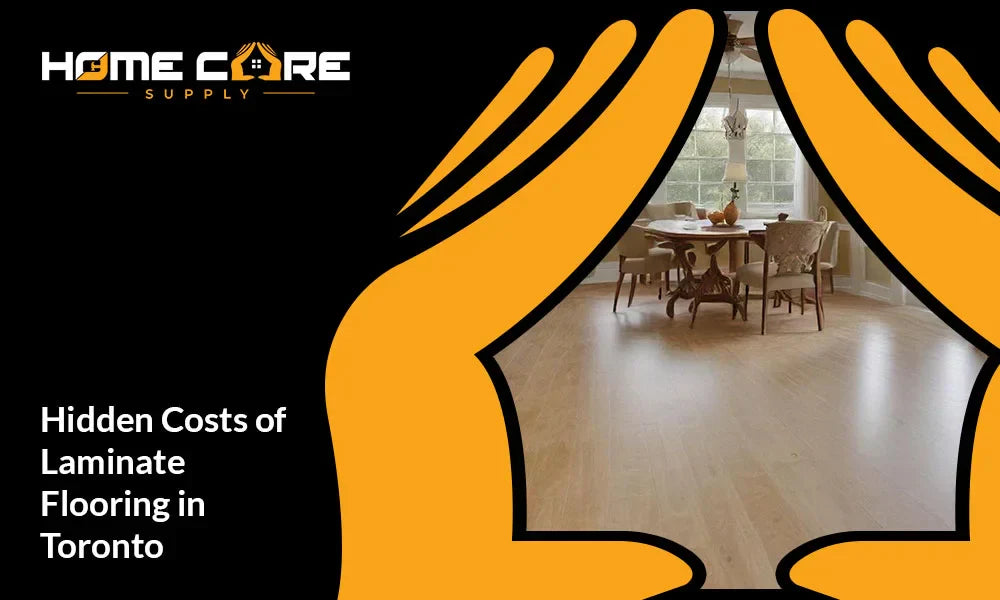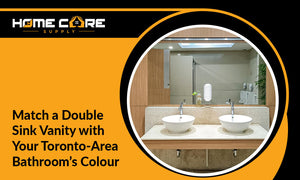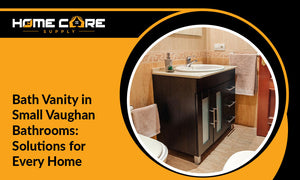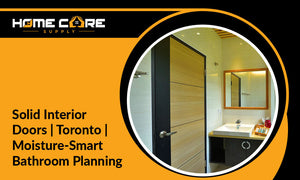Laminate flooring is a top choice for many Toronto homeowners because of its affordability, durability, and versatility.
However, when you are budgeting for new laminate flooring, there are often hidden costs that don’t appear in the initial quote. While laminate flooring seems like a straightforward purchase, these additional expenses can catch you off guard if you’re not prepared.
From prepping your space to purchasing necessary materials, hidden costs can make a big dent in your budget.
To help guide you through these potential surprises, we’ve outlined some of the most common costs homeowners overlook when purchasing laminate flooring. Keep reading to learn what you need to know about the laminate flooring cost Toronto residents can expect and how to avoid unexpected expenses.
Preparation Costs Homeowners Overlook When Buying Laminate Flooring

Before you can lay down your beautiful new laminate flooring, your space needs to be properly prepared. Here are some of the preparation costs homeowners tend to overlook:
1. Subfloor Repairs
Your laminate flooring needs to be installed on a flat, even surface. If your subfloor is uneven, cracked, or damaged in any way, it will need to be repaired before the laminate can be installed. This could involve anything from levelling out the floor to replacing entire sections of the subfloor, and it can add hundreds to your overall budget.
2. Subfloor Levelling
Even if your subfloor isn’t damaged, it may not be perfectly level. Laminate flooring requires an even surface for proper installation. If your subfloor is sloped or uneven, it will need to be levelled before you can install the laminate. This is a labour-intensive task that may involve sanding, adding levelling compounds, or both.
3. Moisture Barriers
If you’re installing laminate flooring in areas that are prone to moisture, like basements or kitchens, a moisture barrier is a must. This prevents water from seeping up into the laminate, which could cause the flooring to warp or become damaged. Moisture barriers aren’t always included in the price of the laminate, so be sure to account for this when budgeting for your project.
4. Old Flooring Removal
If you currently have another type of flooring, such as carpet or tile, it will need to be removed before the laminate can be installed. Some homeowners assume this is included in the price of new flooring, but it’s often an additional expense.
If you’re not handling the removal yourself, you may need to hire professionals to remove the old flooring and dispose of it properly.
5. Furniture Moving
Installing new laminate flooring requires a clear space, which means any furniture or bulky items in the room will need to be moved. Some laminate flooring companies don’t include furniture moving in their delivery or pricing services.
If you can’t move the furniture yourself, you might need to hire a separate service to handle this task, which can add another unexpected cost.
6. Surface Cleaning and Priming
For laminate to adhere properly and sit evenly, the surface needs to be clean and free of any debris. In some cases, you may need to prime or treat the surface before installation. This could involve cleaning agents, equipment rentals, or even hiring someone to prepare the space if you’re not equipped to do it yourself.
7. Waste Disposal
Once the old flooring is removed and the new laminate is installed, there will likely be leftover materials, debris, and packaging. Disposal of this waste isn’t always included in the flooring price, so you may need to arrange for pickup or removal, which can add another cost to your budget.
What Hidden Material Costs Are Not Included in Your Laminate Flooring Price

Aside from preparation costs, there are a number of additional materials that aren’t always included in the initial quote for your laminate flooring. Here’s what to watch out for:
1. Underlayment
Many homeowners assume that underlayment is included with the purchase of their laminate flooring, but that’s not always the case. Underlayment is essential for creating a smooth surface, providing insulation, and reducing noise. It’s typically priced per square foot, so depending on the size of the area that you can cover, this cost can add up.
2. Trims and Mouldings
Once your laminate flooring is installed, you’ll need to finish off the edges with trims and mouldings. These pieces give the room a polished, professional look and help cover gaps between the flooring and the wall. However, trims and mouldings are often sold separately and can add to your final bill if not accounted for.
3. Transition Strips
If the laminate flooring of your Toronto home connects to another type of flooring, such as tile or carpet, you’ll need transition strips to create a smooth and safe transition between the two surfaces. Transition strips aren’t always included with your flooring purchase, so this is another cost to consider.
4. Adhesives
Although laminate flooring is often installed with a click-and-lock system, certain areas may still require adhesives. For example, if you’re installing laminate in a high-traffic area or over an uneven surface, you might need extra adhesive to secure the flooring properly. This can be an added cost that isn’t included in the basic laminate flooring price.
5. Door Trimming
When installing new laminate flooring, the height of the floor might be different than your previous flooring, especially if you’re replacing carpet or tile. This may require you to trim the bottoms of your doors so they open and close smoothly over the new floor. This isn’t a huge cost, but it’s often overlooked and should be factored into your overall budget.
6. Edge Sealing
In some cases, especially in rooms with higher moisture levels, you may need to seal the edges of your laminate flooring to prevent water from seeping underneath. Edge sealing products are an extra purchase and can add to the overall cost of your laminate flooring project.
7. Protective Pads and Mats
To protect your new laminate flooring, especially in high-traffic areas, you may need to invest in protective pads for furniture legs or mats for entryways. These small purchases can prevent scratches and wear, ensuring your new flooring lasts longer. While they may seem like minor additions, they’re often not included in the original price and should be factored into your budget.
How Much to Expect for Total Laminate Flooring Cost
When it comes to the laminate flooring cost Toronto homeowners can expect, the price varies depending on several factors. The cost of laminate flooring itself typically ranges from $2 to $8 per square foot, excluding preparation work and additional materials.
When you factor in expenses like underlayment, trims, and moisture barriers, the overall cost can increase significantly. On average, you should budget around $4 to $10 per square foot for your laminate flooring project, excluding labour costs if you’re not handling the installation yourself. This ensures you’re covered for any hidden costs that may arise during the process.
While laminate flooring is an affordable and durable choice for many Toronto homeowners, it’s crucial to budget for hidden costs that aren’t always obvious in the initial quote. By accounting for preparation work, additional materials, and other unforeseen expenses, you’ll be able to plan more accurately and avoid any unpleasant surprises. If you’re looking for high-quality laminate flooring options without the hassle of installation, visit Home Care Supply, your trusted source for premium laminate products in Toronto. Whether you’re planning a DIY project or need help choosing the right materials, they have everything you need to complete your flooring project successfully.






